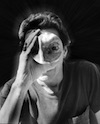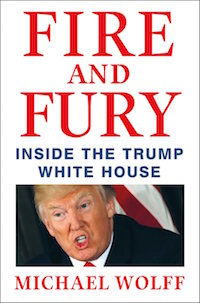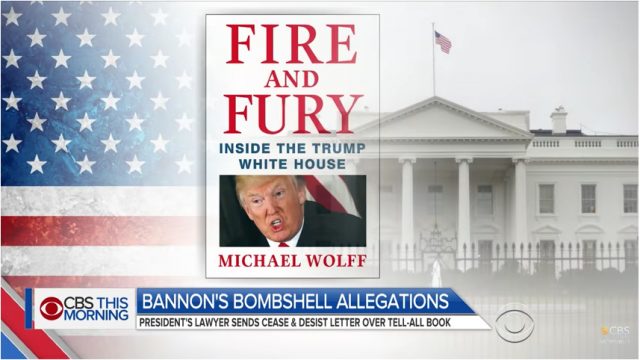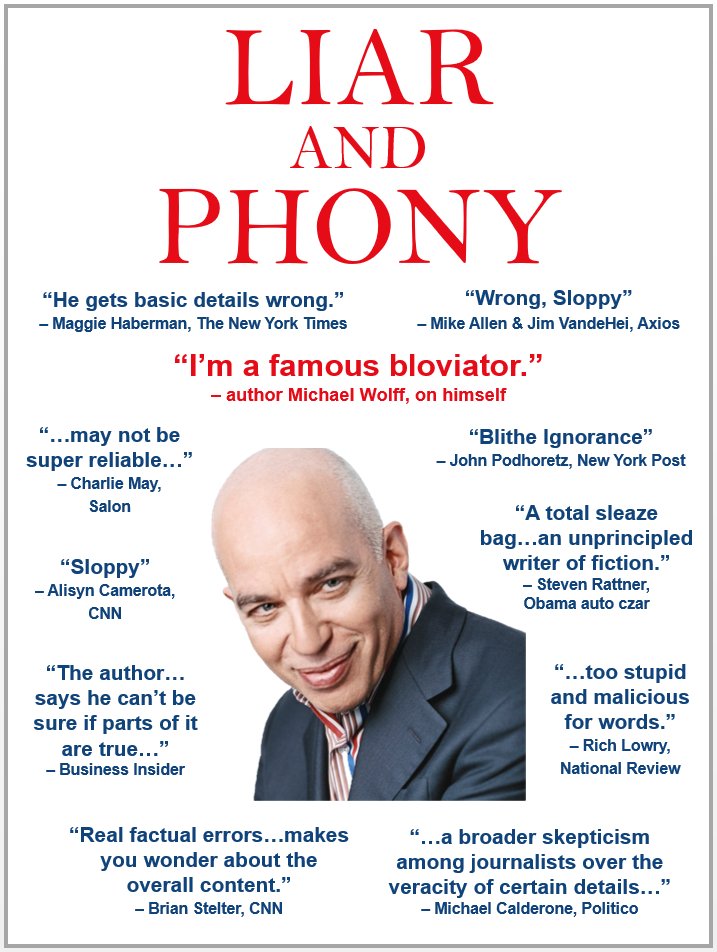 With this post I initiate my coverage of the visual component of the Trump Gang’s treasonous collusion with Vladimir Putin and Russia, which has come to be known as Kremlingate, along with the visual response to that unfolding scandal.
With this post I initiate my coverage of the visual component of the Trump Gang’s treasonous collusion with Vladimir Putin and Russia, which has come to be known as Kremlingate, along with the visual response to that unfolding scandal.
As with my analyses of the imagery that emerged from and accompanied the 2012 presidential election (Obama-Biden vs. McCain-Palin) and the 2016 election cycle (Trump-Pence vs. Clinton-Kaine), I believe this major news story has a visual aspect that — subliminally, at the very least — has both probative value in the ongoing investigations and a substantial effect on public response to the issues involved. Thus this visual material will likely have some impact on the outcome. Yet the power and credibility of that visual material goes unacknowledged, and thus unexamined.
Traitorous plots to undermine democracy undertaken by previous sitting presidents and presidential candidates — Richard Nixon’s Watergate, Ronald Reagan’s Iran-Contra — have understandably taken place in secret, deliberately unphotographed, with any evidence thereof well-hidden. Unlike their predecessors, Trump and his co-conspirators have enacted their plot in remarkably public fashion, providing a trail of ongoing and readily available evidence thereof, much of it digital and much of it visual:

President Trump discloses state secrets to Russian Foreign Minister Sergei Lavrov and Russian Ambassador Sergei Kislyak in Oval Office, May 10, 2017. (Photo via Russian Foreign Ministry.)
Selfies, tweets, emails, charts, official and amateur photos and videos — as Trump himself would put it, people are saying that this is the most visually documented coup d’etat in all of history. Since, as such, this falls within my territory, I have decided to take it up for the duration, meaning that I’ll pursue it until, one way or another — whether by impeachment, arrest, removal via the 25th Amendment, or early retirement on medical grounds — the Bloviator-in-Chief leaves office.
Some Dare Call It Treason
If a book can function on one level as an implausible comedy of errors yet simultaneously induce realistic fear for the future of the reader and his or her culture and country, then Michael Wolff’s just-published Fire and Fury: Inside the Trump White House (Henry Holt and Co.) exemplifies the genre.
Trump’s doomed attempt to keep this book from the public by threatening to sue its author and publishers bespeaks not just his profound disdain for the First Amendment but a deep unawareness of how far behind this cat immediately left its bag. Excerpts and quotations from — and commentary on — Fire and Fury appear everywhere. The book is jumping off the bookstore shelves nationwide. One day after its official release, it became Amazon’s No. 1 bestseller. It’s out as an audiobook. And even before publication, pirated versions of its ebook formats (epub, mobi, pdf) flooded the internet.
It’s a good read; I devoured it in a day. (As always, I encourage my readers to engage with it themselves and form their own opinions of it.) Predictably, it contains errors; it’s a quickie book, after all, its final scene taking place early this past October, just three months before its publication date.
No doubt Wolff reconstructed some of the scenes described, and perhaps invented or imagined or paraphrased some of what he presents as quoted dialogue among the principals. Yet everything therein rings true (as New York Times reporter Maggie Haberman put it on CNN, “conceptually true”), primarily because virtually all of it has all appeared over the past two years in the mainstream press, under the bylines of reputable journalists, none of whom have seen their reports seriously challenged.
T he specific events, the people involved in them, their attitudes and general behavior toward each other, the ways in which they speak, the language they use — all of that already exists on the record, extensively documented. In that sense, there’s not that much new here. Bannon serves as the book’s main figure. If Wolff’s project has a hero, or anti-hero, it’s this unlikely kingmaker, whose appearances bookend the tale and whose perspective on things, however skewed its premises (and also whose POV, in cinematic terms), both dominates the narrative and emerges as the most reasoned and pragmatic sensibility in the bunch. A scary thought in itself.
he specific events, the people involved in them, their attitudes and general behavior toward each other, the ways in which they speak, the language they use — all of that already exists on the record, extensively documented. In that sense, there’s not that much new here. Bannon serves as the book’s main figure. If Wolff’s project has a hero, or anti-hero, it’s this unlikely kingmaker, whose appearances bookend the tale and whose perspective on things, however skewed its premises (and also whose POV, in cinematic terms), both dominates the narrative and emerges as the most reasoned and pragmatic sensibility in the bunch. A scary thought in itself.
Most of what has made headlines for this book comes from Bannon’s commentaries on the various members of Trump’s entourage, campaign, and administration, and their actions — including the summer 2016 Trump Tower meeting with the Russkies, which Bannon describes as “treasonous, or unpatriotic, or bad shit.” He’d already confirmed — on the Charlie Rose show, back in September 2017 — that he viewed the firing of FBI director James Comey as the worst mistake in “modern political history,” the hubris that brought down on Trump’s head nemesis, in the form of Robert Mueller.
(Worth pointing out that, of what is new in this book, either those quoted — especially Steve Bannon — have issued no denials or else others have confirmed the basic accuracy of Wolff’s accounts. Perhaps that’s because Wolff claims to have written notes and recordings verifying much if not all of what he has written, and no one wants to test that by calling him out to prove it.)
•
The clown-car lunacy of the Trump presidential campaign and regime to date has something of the effect of an incessant chain of explosions. Its colonization of the minds of millions of us results from its constant, fragmented nonlinearity, some new craziness every day, each absorbing our attention, replacing the last.
 Wolff’s achievement consists of stripping away all but the necessary texture of irrelevant detail in order to create a coherent storyline that starts with a small dinner party involving Steve Bannon and Roger Ailes at a Greenwich Village town house on January 3, 2017, two weeks before the Trump inauguration, and (with a number of flashbacks to the campaign phase) ends ten months later, with the recently fired Steve Bannon standing on the steps of his DC rental one day in early October of 2017, planning the future of the alt-right.
Wolff’s achievement consists of stripping away all but the necessary texture of irrelevant detail in order to create a coherent storyline that starts with a small dinner party involving Steve Bannon and Roger Ailes at a Greenwich Village town house on January 3, 2017, two weeks before the Trump inauguration, and (with a number of flashbacks to the campaign phase) ends ten months later, with the recently fired Steve Bannon standing on the steps of his DC rental one day in early October of 2017, planning the future of the alt-right.
It could serve as the novelization of the script of the film or TV docudrama for which it will almost certainly provide the basis. Wolff’s characterization of his cast members, major and minor, jibes with everything we have observed firsthand and heard about their personalities and behavior patterns. Their utterances are true to their personae. If they didn’t say exactly what Wolff has them saying in one scene or another, they almost certainly said something along the same lines, in that situation or another.
In short, Wolff has taken the rubble and shrapnel of the Trump era (the actions, the news stories, the official statements, the public appearances, the leaks, the gossip), pieced it back together, and presented it to us as a whole — in other words, as a story. If it’s off in a few particulars, it’s at the very least plausible and (by my lights) convincing, credible, and engaging. Others will certainly tackle this material, and may well do it better by journalistic and/or scholarly standards, with exact verifiable quotes, footnotes, and such. But Wolff will always have done it first and, given the time constraints under which he worked, pretty damn well.
So this book’s cover instantly becomes one of the recognizable, defining images of the Trump regime. Recognizing that, the Republican National Committee sought to counter it with its own parody of the cover — which, given the world-famous right-wing skill at the craft of humor, did about as well as you’d expect:
The RNC sent this out in an email blast, following that up by posting it to their Twitter feed. The smart money doesn’t expect this lame image to displace the book’s original cover in the minds of the general public; image management doesn’t fall within the RNC skillset.
Meanwhile, this book has already done, and will continue to do, irreparable damage to the image of the Trump Gang, individually and collectively. Wolff excels at painting vivid scenes with quick strokes; read this book and you’ll have previewed the movie. Trump’s meritless lawsuit, if he files one, will only draw more attention to Wolff’s tell-all; same goes for the outraged squealing of the Trumpists at Fox News and elsewhere. The image of Trump and his enablers and co-conspirators as a reckless, witless Gang That Couldn’t Think Straight bumbling their way into treason, deftly limned here by Wolff, will endure.
As one sure sign of its impact and likely longevity, Wolff’s book has already begun to spawn fake excerpts that promise to become internet memes in their own right. See “Let’s Talk About the Gorilla Channel for One More Day,” by Vivian Wang, New York Times, January 6, 2018:
Which leads to this:
https://twitter.com/jukebox_lennon/status/949462176946892801
•
(A curious historical note, pertinent only to this blog: Just over 70 years ago, in September 1947, an earlier incarnation of Henry Holt and Co., the publishers of Wolff’s book, published Robert Capa’s memoir, Slightly Out of Focus, which has a starring role in the three-year-long Capa D-Day Project elsewhere at this blog.)
•
More indictments coming soon; make some popcorn and grab your remote.
•
This post supported by a donation from Roy Flukinger.
•
(For an index of links to all posts in this series, click here.)
•
 Special offer: If you want me to either continue pursuing a particular subject or give you a break and (for one post) write on a topic — my choice — other than the current main story, make a donation of $50 via the PayPal widget below, indicating your preference in a note accompanying your donation. I’ll credit you as that new post’s sponsor, and link to a website of your choosing. Include a note with your snail-mail address (or email it to me separately) for a free signed copy of my 1995 book Critical Focus!
Special offer: If you want me to either continue pursuing a particular subject or give you a break and (for one post) write on a topic — my choice — other than the current main story, make a donation of $50 via the PayPal widget below, indicating your preference in a note accompanying your donation. I’ll credit you as that new post’s sponsor, and link to a website of your choosing. Include a note with your snail-mail address (or email it to me separately) for a free signed copy of my 1995 book Critical Focus!
 But wait! There’s more! Donate now and I’ll include a copy of The Silent Strength of Liu Xia, the catalog of the 2012-13 touring exhibition of photos by the dissident Chinese photographer, artist, and poet, currently in her sixth year of extralegal house arrest in Beijing. The only publication of her photographic work, it includes all 26 images in the exhibition, plus another 14 from the same series, along with essays by Guy Sorman, Andrew Nathan, and Cui Weiping, professor at the Beijing Film Academy.
But wait! There’s more! Donate now and I’ll include a copy of The Silent Strength of Liu Xia, the catalog of the 2012-13 touring exhibition of photos by the dissident Chinese photographer, artist, and poet, currently in her sixth year of extralegal house arrest in Beijing. The only publication of her photographic work, it includes all 26 images in the exhibition, plus another 14 from the same series, along with essays by Guy Sorman, Andrew Nathan, and Cui Weiping, professor at the Beijing Film Academy.







How Money Won Trump the White House
A new 100-page study by three academics contextualizes Kremlingate. The authors’ statistical analysis indicates that the overall effects of Russian hacking were negligible in comparison to the cascade of dark money flowing into Trump’s campaign. If current inquiries lead to Trump’s downfall, all well and good. Yet the authors’ conclusion warns us to beware of the permanently altered American political landscape.
Download the paper here:
https://www.ineteconomics.org/perspectives/blog/how-money-won-trump-the-white-house
Keep up the great work!!!!
Googled and found out that the gorilla story is a hoax.
Of course it’s a hoax. That’s why I referred to that tweet from pixelated_boat as a “fake excerpt” from the Wolff book.